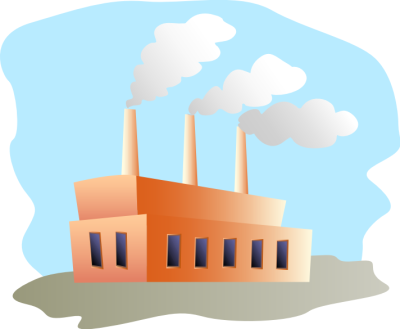Last week I attended the 43rd annual Nobel Conference at Gustavus Adolphus College in tiny St. Peter, MN. Authorized by the Nobel Foundation of Stolkhom, Sweden, the conference brings together renowned experts to discuss timely issues, like aging or globalization. This year, it was “Heating Up: The Energy Debate.â€
My highlight of the conference was hearing from economist Paul L. Joskow of MIT, who discussed carbon regulation.
While many politicians favor a cap-and-trade policy (in which a limit on CO2 is determined and then tradable/sellable permits to pollute are issued to utilities and industry), economists generally prefer a carbon tax that simply taxes CO2 at a certain rate.
That said, Joskow actually argued that a cap-and-trade policy is the best way to create a market for CO2 and drive down emissions. First of all, a cap-and-trade policy is politically feasible, and making sure it actually has a chance of passing Congress in our lifetime is the most important thing to slowing global warming. Secondly, a cap-and-trade plan links the U.S. with other nations (and states) that have already started down this path, thus creating a global solution to a global problem.
He noted that any carbon regulation should give utilities and industries a few years’ notice so that they can begin implementing efficiency measures to lessen an increased cost to electric bills and fuel.
I’m reminded of the frequent comments I come across from many business figures who declare that carbon regulation is indeed coming down the pipeline. In a video called “Preparing for Carbon Constraints,” PG&E CEO Peter Darbee explains,
“I believe based on discussions that we’ve had with the experts here in Washington that the probability that we will see legislation on climate change to be about 100 percent in the next five years.”
Furthermore, Dan Arvizu of the National Renewable Energy Lab of the Department of Energy recently told attendees at a biofuels conference that – despite President Bush’s opposition – the U.S. is moving towards regulation of CO2 emissions.
“It is very clear to me that there will be carbon management, whether it will be a direct tax, carbon cap-and-trade or some other instrument.”
Indeed, lawmakers are pressing ahead with an array of CO2 bills they have on the table, including ones that call for caps to CO2. Senator Barbara Boxer, Chairwoman of the Senate Committee on the Environment and Public Works, said that moving global warming legislation was a “top priority.†House Democrats on the Energy and Commerce Committee just issued a white paper (pdf) outlining a cap-and-trade system to cut emissions 60-80 percent by 2050 – the amount that many scientists think we need to achieve in order to avoid the worst impacts of climate change.
In addition to state regulations like renewable energy standards, I believe this is a major reason that we’ve seen so many business band together to work on global warming recently; like the PG&E CEO, they know regulation is coming, too. Eight large utilities just announced major efficiency initiatives and retailers from Best Buy to Home Depot are cutting emissions as well. Across many sectors, business and utilities are seeing the writing on the wall and are taking action now to prepare and minimize the impact of carbon regulation.
